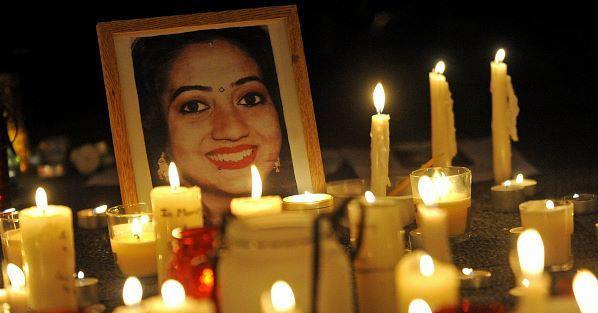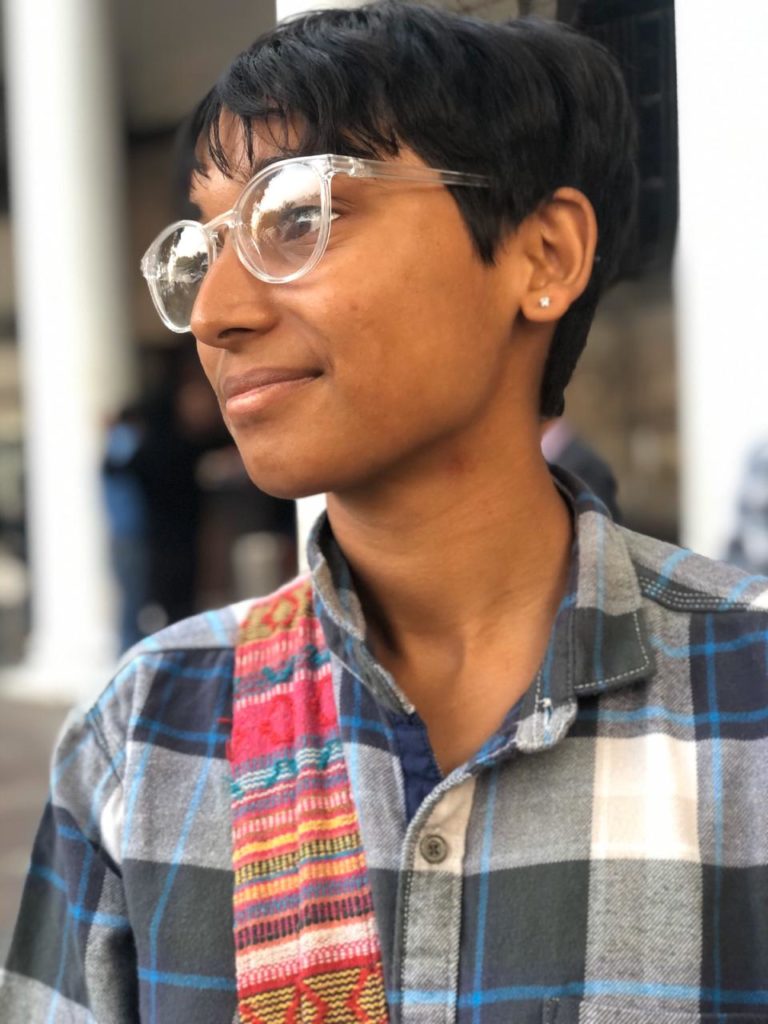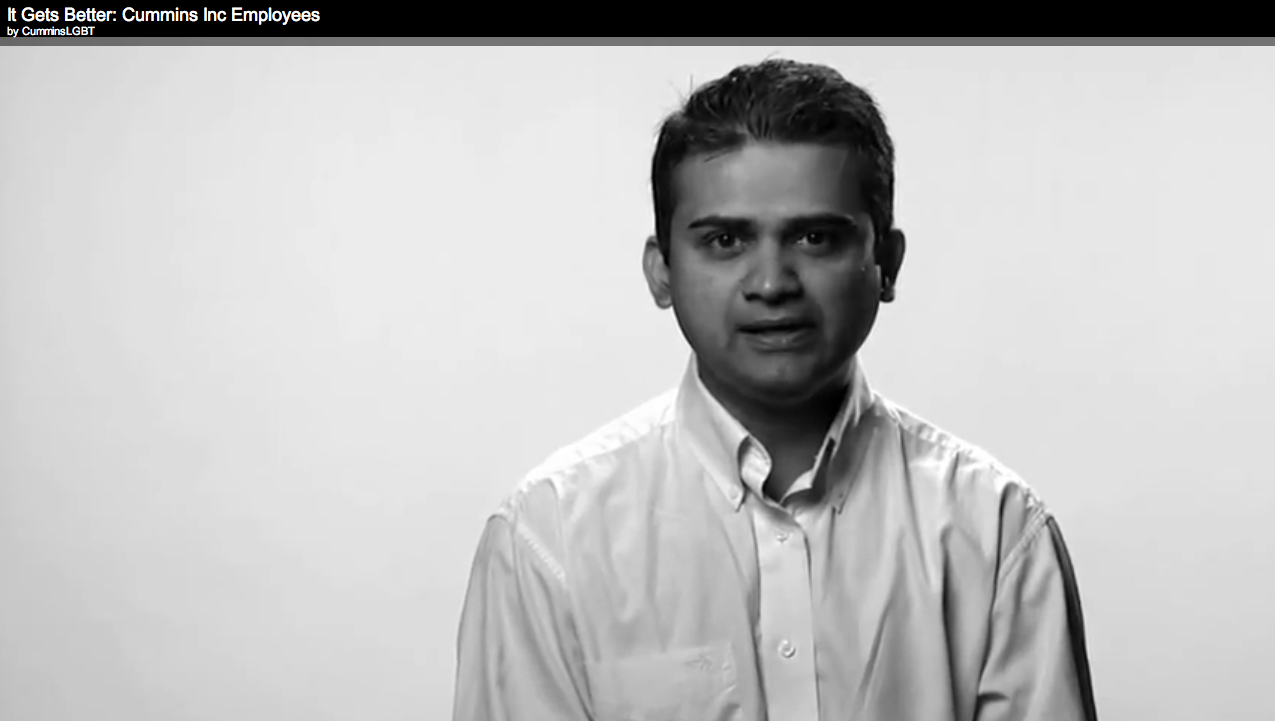Many Savitas

Savita Halappanavar was seventeen weeks pregnant and found to be miscarrying, when she presented with back pain at a hospital in Ireland on October 21st, 2012. A week later Savita died of septicaemia. According to her husband Praveen Halappanavar, Savita was in severe pain and requested several times over a three-day period that the pregnancy be terminated. Doctors at the hospital refused to end the pregnancy even though they knew Savita was miscarrying, saying “this is a Catholic country” and that as long there was a fetal heartbeat they couldn’t perform an abortion. Savita spent days in agony until the fetal heartbeat stopped. The fetus was removed and Savita was switched to intensive care unit, where she died of septicaemia on October 28th. (Source: Irish Times)

This heartbreaking story has outraged people everywhere. Protests, condolence meetings and vigils are being held in many places around the world, including Ireland and Savita’s home country India. Life-saving medical care was refused to Savita because doctors were constrained by an Irish law that prohibits abortion in the name of religion. Most often, individuals, groups and institutions that advocate anti-abortion laws that refuse women the right to make decisions about their own bodies use religion as their weapon. This oppression based on religion and its influence in health-care is very familiar to LGBT people. Gays, lesbians, bisexuals and transgender people are often subjected to harmful and unscientific conversion therapies because same-sex attraction is considered a sin in many religions. Religious beliefs also hinder in providing crucial and required medical procedures like sex-reassignment surgeries to transgender people. LGBT people face the same religious bigotry that women face or once faced in many parts of the world. We are discriminated against, treated inhumanely and denied equal rights in the name of religion. We are criminalized, harassed, terrorized and executed in many parts of the world because people believe such practices are justified by their religions or cultures. Historically, LGBT people have joined hands in fighting for women’s rights, because the fights of LGBT people and women are in many ways the same: the fight against patriarchy and the fight to end gender-based discrimination and the fight for gender equality and fairness.
The tragedy of Savita Halappanavar has triggered discussions on women’s reproductive rights across the world. But in India many don’t feel the need for such discussion since abortion is legal in India. However, the legality of abortion is not the only issue at stake. In both rural and urban India, women face many challenges when it comes to their sexual and reproductive freedom and rights, starting from a say in when to have babies (or for that matter, when to have sex). In many marriages, men make most, if not all, decisions in the bedroom, as they do in all places. A woman who initiates sex or expresses her sexual needs is often looked down upon by her husband. There is still this notion even among educated Indian men that a horny woman is a “bad” or “dirty” woman and a “good” one is supposed be quiet and submissive in the bedroom. This notion sometimes even leads to marital rape. Then there is the issue of contraception and family planning. From taking pills to dealing with its side effects, the burden of contraception is most often imposed on women, as men consider it a “woman’s job”. They don’t feel the need to share it, even if it is just a matter of putting on a condom. Though the responsibility is with women, the control still remains with men. In most families, men decide when to have kids. A married woman who wants to delay pregnancy for any reason is condemned by everyone in society including her own parents. And, if the reason were to be her career, then she is almost considered cruel or evil. Once pregnant, especially in rural India, women are also held responsible for the sex of the baby. Not so surprisingly, a girl child is considered bad luck and a burden. Sometimes husbands even disown their wives for giving birth to a girl child, ignoring the scientific fact that the sperm decides the sex of the baby. In some parts of India, female gendercide is also a horrific reality.
When it comes to single women, the views are even more unevolved. Single women who engage in sex are labeled as “sluts” and “whores”. Though pre-marital sex is not looked upon favorably for men either, women always get the worst of the condemnation. South Indian actress Kushboo was condemned, harassed and sued because she dared to make a comment about premarital sex in the context of sexual health. Her comments were considered derogatory and obscene to “Indian culture” and it took the Supreme court of India’s intervention to end the controversy and harassment.
For young girls who don’t engage in sex, things are not that easy either. Menstruation is still considered dirty and disgusting in many parts of India. Women are denied basic amenities in their households (access to shower, bedrooms and places used by others) when they are menstruating. In “those three days”, some women are not even allowed to go about their day to day business as they would like. Though for married women and mothers, this might mean a relief from their daily chores and errands, the disgust about menstruation is something that makes them feel inferior and shameful. Young girls are not allowed to go to schools, play with their friends and are forced to remain in a corner, in their own homes. The irony here is the first period of a girl is a reason to celebrate in many Indian communities. The family throws a party, invites friends and neighbors and the young girl is showered with gifts and jewellery. This “coming of age” party, thrown without the girl’s consent, served as a notice to the community that the girl is ready for marriage, in ancient and medieval india. Though modern India is slowly getting rid of this practice and also the taboo about menstruation, it is important to note that these things still happen in some Indian communities.
Many Indians are sad and outraged by what happened in Ireland. They shed tears for Savita Halappanavar but at the same time breath a sigh of relief: “This will never happen in India”. While that is partly true, let us not dismiss the struggles of the many Savitas living here and the sexism and discrimination they face everyday. Let us not sweep their issues under the carpet in the name of culture, customs, traditions or religion like we always do. That attitude is what killed Savita Halappanavar. When it comes to women’s sexual and reproductive freedom and rights, we have a lot of work to do in India. It begins by acknowledging that these issues exist.
Recommended Reading: Abortion in India Wiki page





Good post. It’s also important to note that abortion rights in India are not all that clear – because abortion rights did not come about from a “rights” perspective but from a “family planning” perspective and the practical challenges of a country with a large population. In practice, many doctors do look for the nod from the husband/family, not strictly a woman’s consent alone.